To address touchscreen unresponsiveness on your Samsung Galaxy S21, begin by restarting your device and ensuring its software is up to date.
If the problem continues, perform a cache partition wipe to clear temporary system data.
Enable the touch sensitivity feature to improve finger detection, particularly if you are using a screen protector.
Remove any accessories and clean your screen thoroughly with a soft, lint-free cloth.
Avoid environmental factors such as moisture and extreme temperatures that can interfere with touch sensors.
If these steps do not resolve the issue, you may need to consider more advanced troubleshooting methods or seek professional assistance.
There is more to learn about maintaining the responsiveness of your Galaxy S21’s touchscreen.
Key Takeaways
- Restart your Galaxy S21 and install software updates to refresh screen functionality and resolve touch issues.
- Perform a cache partition wipe to clear temporary system data causing touchscreen unresponsiveness.
- Enable the touch sensitivity feature to enhance finger tap detection, especially when using screen protectors.
- Remove accessories and clean the screen with a soft, lint-free cloth to improve touch responsiveness.
- Avoid environmental factors like moisture and extreme temperatures that can interfere with touch sensor performance.
Restart and Update Device
A simple restart or software update can often resolve touchscreen unresponsiveness on your Samsung Galaxy S21. If you’re facing issues with the touch screen, try restarting your device first. This quick action can refresh the screen’s functionality and solve minor glitches, helping you get back to using your phone seamlessly.
If a restart doesn’t resolve the issue, it’s time to check for software updates. Keeping your Galaxy S21 up to date is crucial for maintaining optimal touch screen performance. Regular updates provide enhancements for touch sensitivity and overall device functionality. They also ensure compatibility and fix bugs that might be causing the unresponsiveness.
Perform Cache Partition Wipe
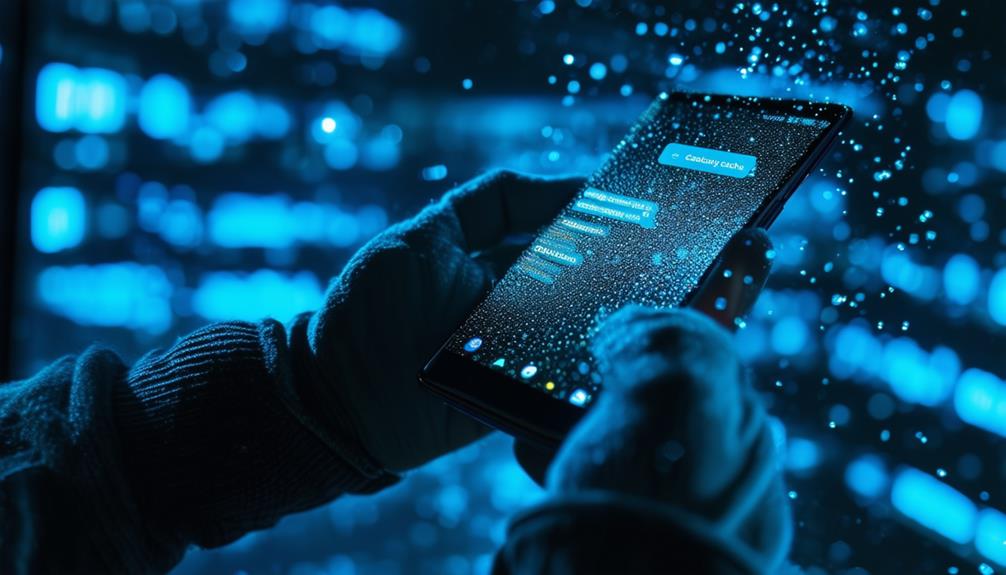
If your Galaxy S21’s touchscreen remains unresponsive after restarting and updating, it might be time to perform a cache partition wipe. This effective troubleshooting step can help resolve touch issues and enhance your device’s overall performance. Don’t worry; many have faced this issue, and we’re here to guide you through the solution.
To begin, you’ll need to access the recovery menu on your Galaxy S21. From there, you can clear the cache partition, which removes temporary system data that might be causing your touchscreen problems.
It’s important to note that this process won’t delete any of your personal data, so you can proceed with confidence.
Enable Touch Sensitivity Feature
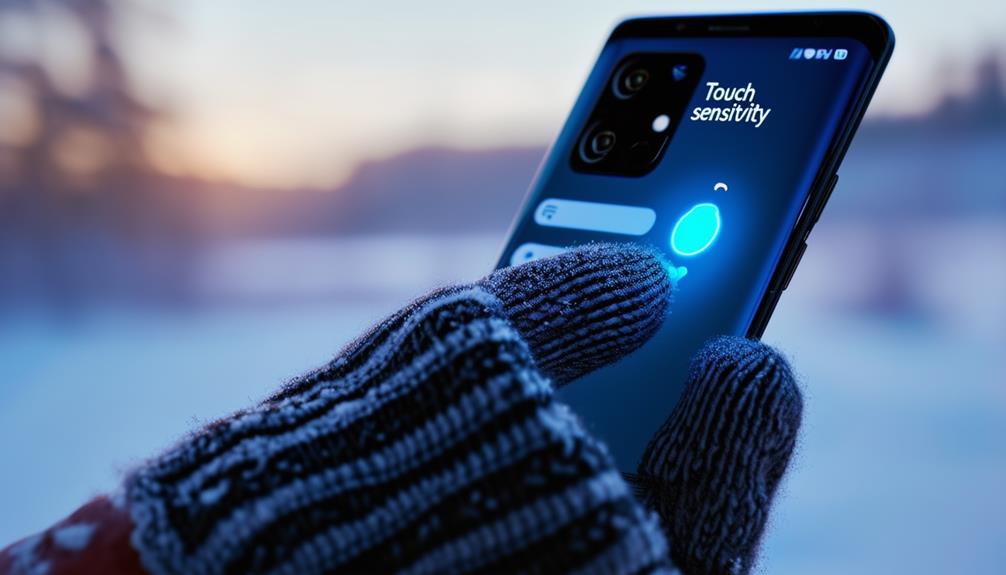
Now that you’ve cleared the cache partition, it’s worth exploring another potential solution: enabling the touch sensitivity feature on your Samsung Galaxy S21. This useful feature is designed to offset the impact of screen protectors on touch responsiveness, ensuring you enjoy the full functionality of your device.
To activate this feature, go to your Display settings. Once enabled, it will enhance the detection of your finger taps and swipes, working seamlessly with various types of screen protectors.
You’ll notice improved touch responsiveness and accuracy, particularly if you’ve been experiencing issues with your current screen protector.
Remove Accessories and Clean Screen
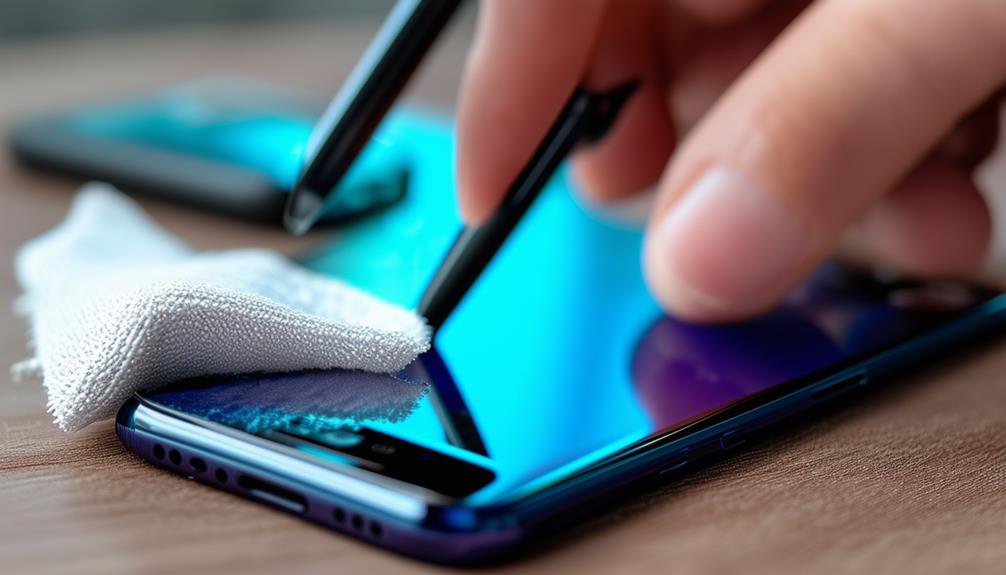
Let’s address a straightforward yet effective solution: removing accessories and giving your screen a thorough clean. As a member of the Galaxy S21 family, we want you to get the most out of your device. Start by taking off your screen protector and case. Don’t worry; it’s not permanent. This direct contact with your screen can significantly enhance touch sensitivity.
Next, use a soft, lint-free cloth to gently wipe away any dust or debris. You’d be surprised at how much this can improve responsiveness. Remember, a clean screen is an efficient screen!
Also, ensure your hands are dry when using your phone, as moisture can interfere with touch sensors. Lastly, if you’re wearing gloves, try taking them off, as they can reduce touch accuracy.
Avoid Environmental Factors
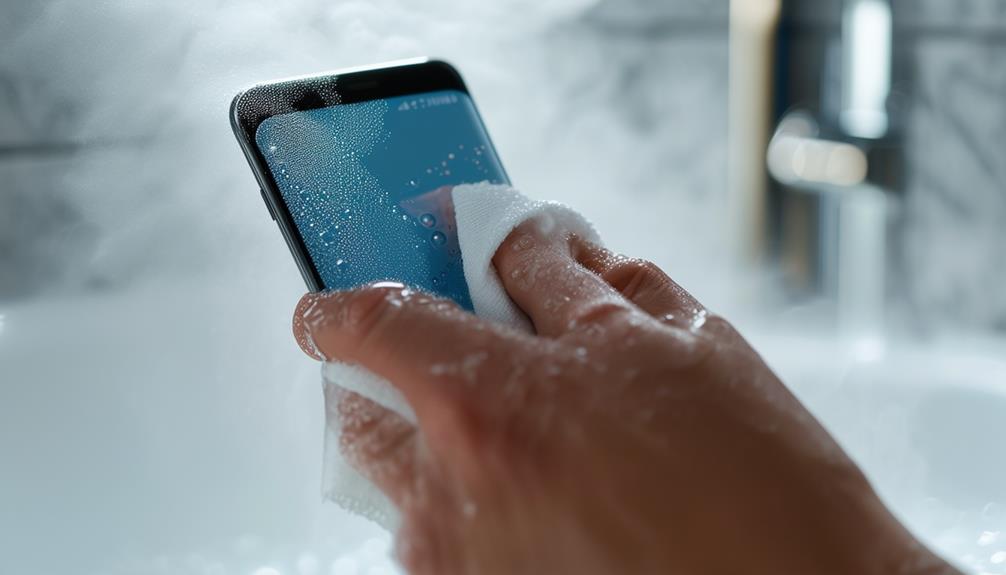
Environmental factors significantly influence the touch screen performance of your Galaxy S21, and being mindful of them is crucial for maintaining peak responsiveness. Moisture is a primary culprit that can interfere with your device’s touch sensors, so it’s essential to keep your screen dry.
When you’re out in the rain or near water, take measures to protect your phone to prevent any unresponsiveness issues.
While it may be tempting to wear gloves in cold weather, they can considerably reduce your screen’s accuracy and responsiveness. Instead, opt for touchscreen-compatible gloves or use voice commands when possible.
Be cautious of sharp objects that could damage your screen and impair touch performance. By avoiding these environmental factors, you’ll ensure your Galaxy S21’s touch screen remains responsive and reliable.
Taking care of your device helps you stay connected with your digital world and other Samsung users.
Seek Professional Assistance
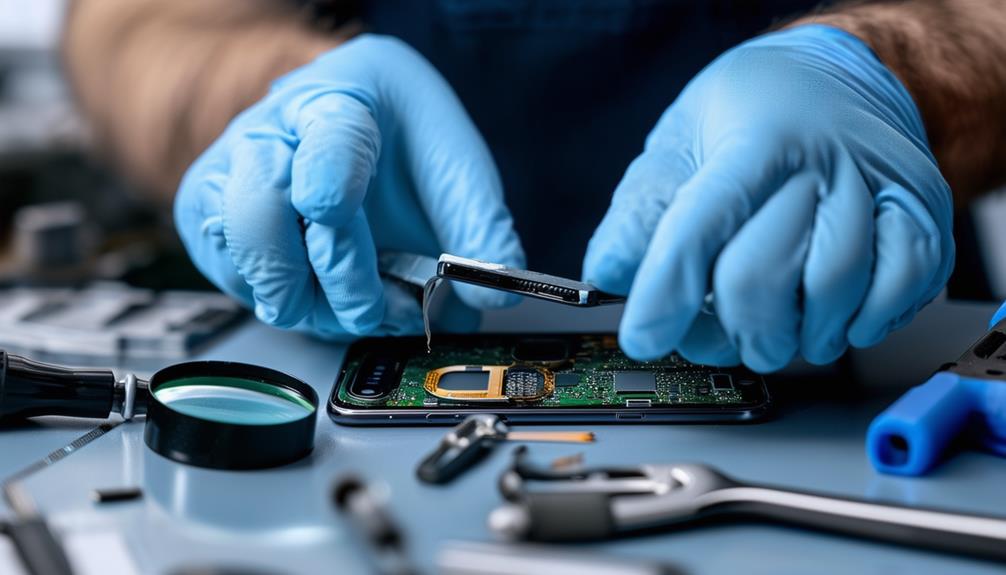
While avoiding environmental factors can help maintain touchscreen responsiveness, there may be occasions when professional assistance is necessary for your Samsung Galaxy S21’s unresponsive screen.
If you’ve exhausted all troubleshooting steps to no avail, it’s time to consult the experts. Certified technicians possess the knowledge and tools to diagnose and rectify hardware-related issues that software solutions can’t address.
Frequently Asked Questions
Why Is My Samsung Screen Not Responding to Touch?
Your Samsung screen’s unresponsiveness could be due to software glitches, physical damage, or incompatible accessories. You’re not alone in experiencing this issue. Try restarting your device, updating the software, or adjusting the touch sensitivity settings to resolve the problem.
Why Is My S21 Touch Screen Not Working?
Experiencing touch screen issues with your S21 can be frustrating, but there’s no need to stress. You’re not alone. Try restarting your phone, enabling touch sensitivity, or removing any accessories. If these steps don’t resolve the issue, we’re here to provide further assistance.
Can You Fix an Unresponsive Touch Screen?
Yes, you can fix an unresponsive touch screen. Start with straightforward solutions like restarting your device or cleaning the screen. If that doesn’t help, try adjusting settings or removing accessories. As a last resort, consider a factory reset.
How Do I Fix My Frozen Samsung S21 Screen?
You’re not alone with a frozen S21 screen. Don’t worry! First, try restarting your phone. If that doesn’t work, clear the cache partition. You can also enable Safe Mode to identify problematic apps. We’re here to help!
Conclusion
You now have several strategies to address touchscreen issues on your Galaxy S21.
If you’ve tried these steps and still encounter problems, don’t hesitate to contact Samsung support or visit an authorised service centre.
It’s always best to address these issues promptly to prevent further complications.
With proper care and maintenance, you’ll be back to enjoying your device’s smooth touchscreen functionality in no time.
Keep these tips handy for future reference.







